Christianity flourished in the early middle ages and this shift dramatically affected the art that was created across Europe.
c. 500–800 C.E.
Christianity flourished in the early middle ages and this shift dramatically affected the art that was created across Europe.
c. 500–800 C.E.
We're adding new content all the time!
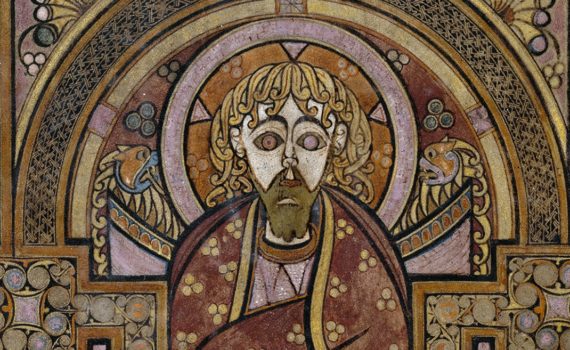
This chapter considers how powerful warrior kings as well as devoted followers of Christ demonstrated their political and holy power with both permanent and portable visual object in the northern seas of Europe.
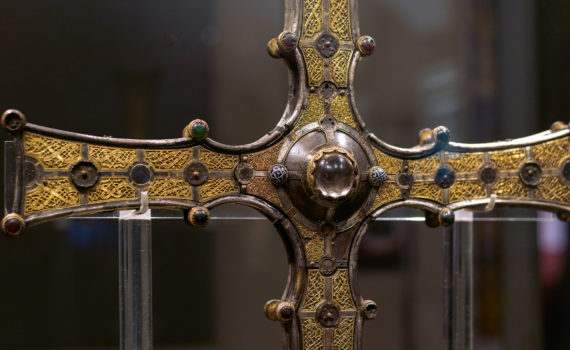
This luxurious cross supposedly contained a fragment of the True Cross and was commissioned by the High King of Ireland
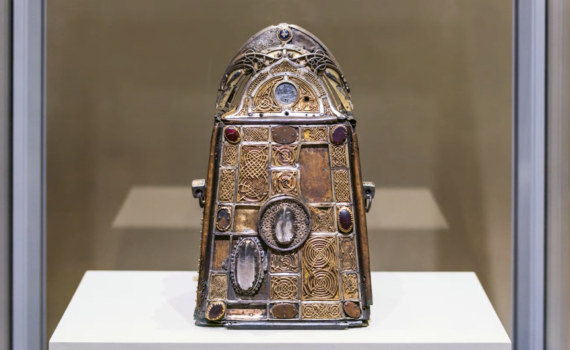
Associated with the founder of Christianity in Ireland, this medieval bell and its ornate shrine is one of the treasures of medieval Ireland
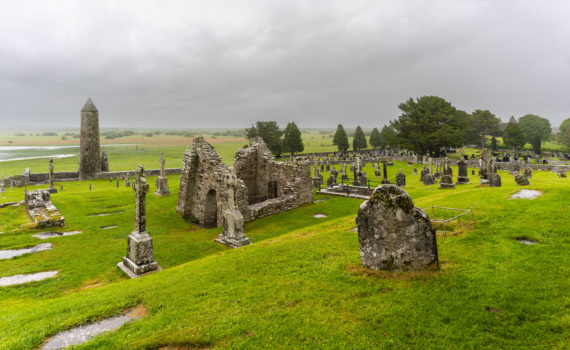
Clonmacnoise, an important monastery that attracted religious pilgrims and royal patronage, is considered a quintessential example of the early Irish church
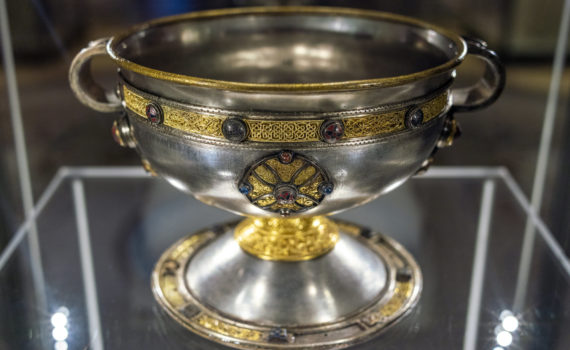
Intricate metalwork dons this medieval Irish chalice made for performing the eucharist
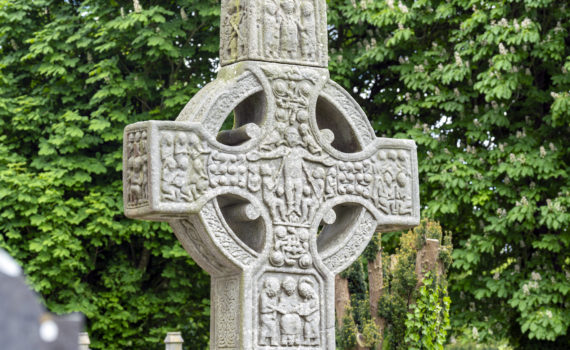
Originally painted, monumental crosses in Ireland like this one are the largest freestanding sculpture from the Middle Ages.
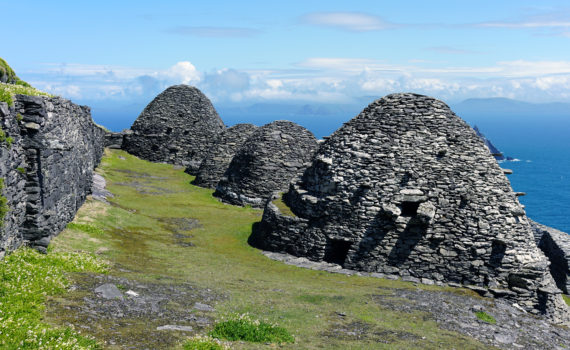
This dramatic island off the coast of Ireland was once a place for monks to remove themselves from the world
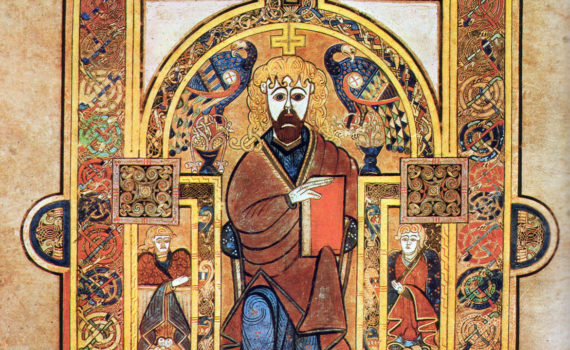
Dr Rachel Moss explores the hidden meanings behind the illustrations of the Book of Kells.
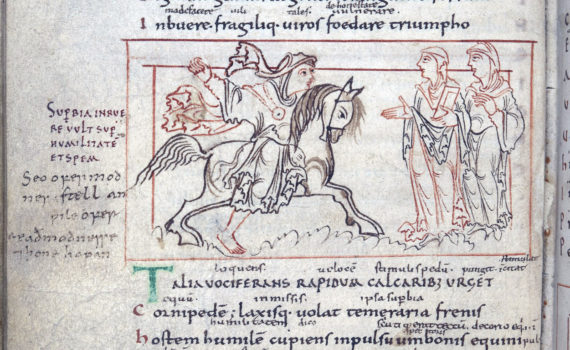
The classical past continued to shape and influence readers throughout the Middle Ages.
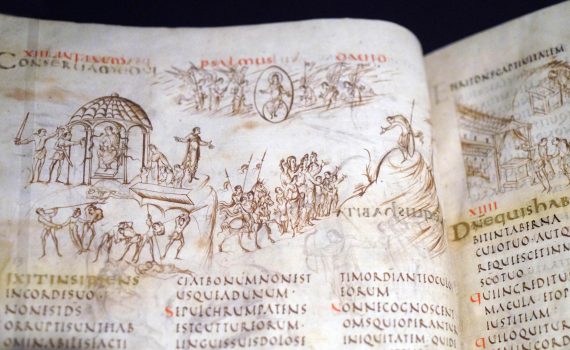
Expressive, emotional, and energetic, the Utrecht Psalter is not what you expect in a book written 1200 years ago.